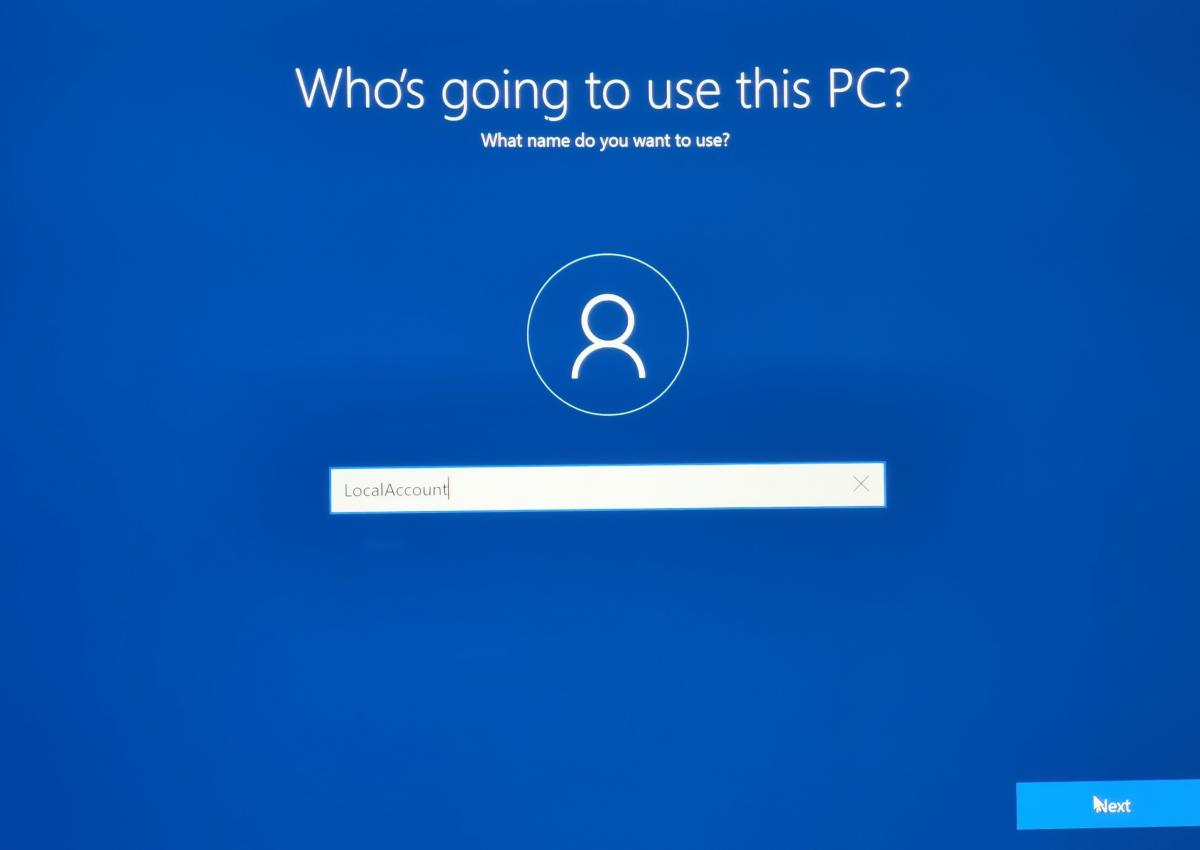We already know that Windows 11 Home will require a Microsoft account (MSA) at the beginning of the installation process. What Microsoft hasn’t publicized is whether it’s possible to log in with just a local account. It is, but only with Windows 11 Pro.
A source close to Microsoft has now told us that the only way to avoid using an MSA is with Windows 11 Pro. According to our source, users who buy or own a PC with Windows 11 Pro may choose to use either a local account or an MSA from the very beginning of the installation process.
The Windows 11 Home MSA requirement isn’t permanent, just unavoidable. Microsoft will allow the user to transition to a local account once the Windows 11 Home installation process has completed. Retail versions of Windows 11 Home will offer the same experience.
Our source told us that local account users will not have a “diminished or limited experience,” though they won’t be able to sync content or use Windows 11’s ability to sync or recommend content from other devices. That content—which could include documents or webpages that a user had viewed on another PC—is typically synced to the user’s MSA account.
 Mark Hachman / IDG
Mark Hachman / IDGMicrosoft and Windows used to be much friendlier to local accounts.
Microsoft’s waning support for local accounts
Microsoft has no incentive to encourage local accounts. The company would prefer to use your MSA in a give-and-take relationship: Microsoft offers synchronized supplementary services, like OneDrive cloud storage and Office apps on the web, and in return the company quietly takes data about how you use Windows and Microsoft services. Privacy concerns flared in 2015 with the advent of Windows 10 and its telemetry, then faded. Microsoft does allow you many, many options to guard your privacy within Windows 10—but it’s also betting you won’t bother.
Local accounts have been seen as one way around that. Microsoft may be able to watch what you do on the web (anonymously), but it won’t be able to match up your actions if you move to another PC.
At the same time, Microsoft has changed up the ways in which it allows you to create a local account. In 2019 Microsoft began phasing out the option to ue a local account during setup unless Internet access was unavailable. Even then, the OOBE experience often casually asked you to connect to the Internet before asking you to sign in. That led to bizarre scenarios where users who wanted to sign in with a local account needed to turn off their Wi-Fi before setting up Windows 10.
Microsoft has apparently closed that loophole entirely now. That leaves users with an expensive alternative: Windows 10 Pro (and, we expect, Windows 11 Pro) costs $199.99 for a standalone license, versus $139.00 for Windows 10 Home. (Amazon offers a discount on Windows 10 Pro, which we’ve shown above.)
Microsoft does offer some premium apps and functions on Windows 10 Pro devices that it doesn’t on Windows 10 Home, though many aren’t of direct use to consumers. (One exception is Windows Sandbox, which is quite useful.) If you already own Windows 10 Pro, you can upgrade to Windows 11 Pro for free.
Microsoft used to offer Surface devices with Windows 10 Pro installed, but that’s changed, too. The most recent versions of the Surface Pro tablets ship with Windows 10 Home, and only the more expensive Surface Pro for Business tablets include Windows 10 Pro.
For many users watching the Windows 11 launch, the MSA requirement can’t help but feel like another kick in the ribs. Confusion over Windows 11’s hardware requirements and the need for a TPM have overshadowed the numerous Windows 11 features that Microsoft has added.
Will Microsoft backtrack? It certainly could. The opinion of one ex-Microsoft security analyst is that it could only happen if users kicked up a fuss.




